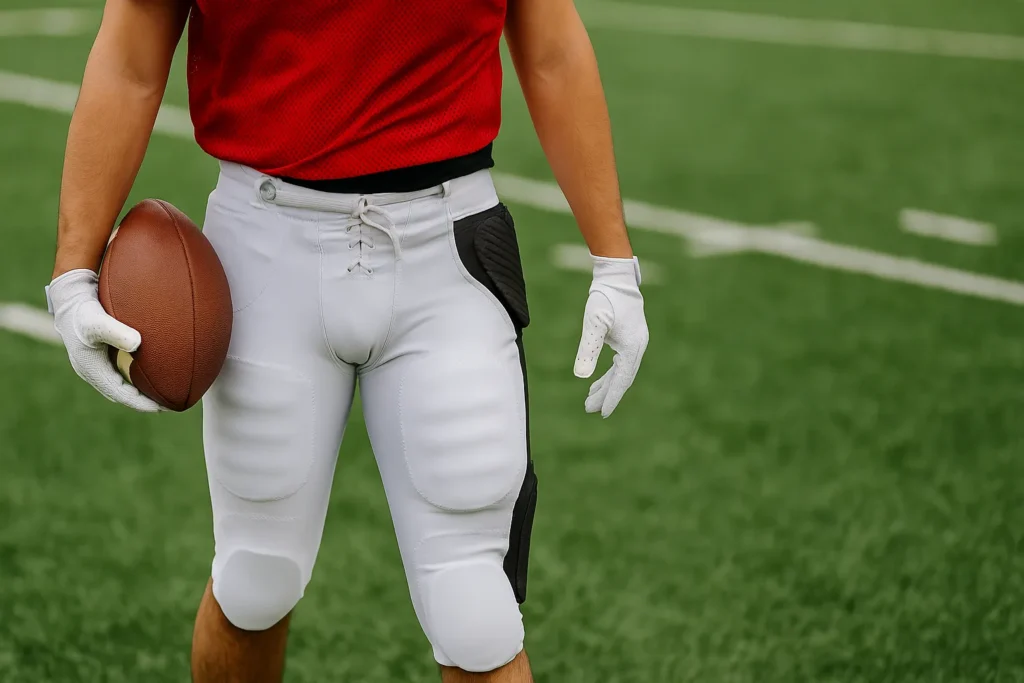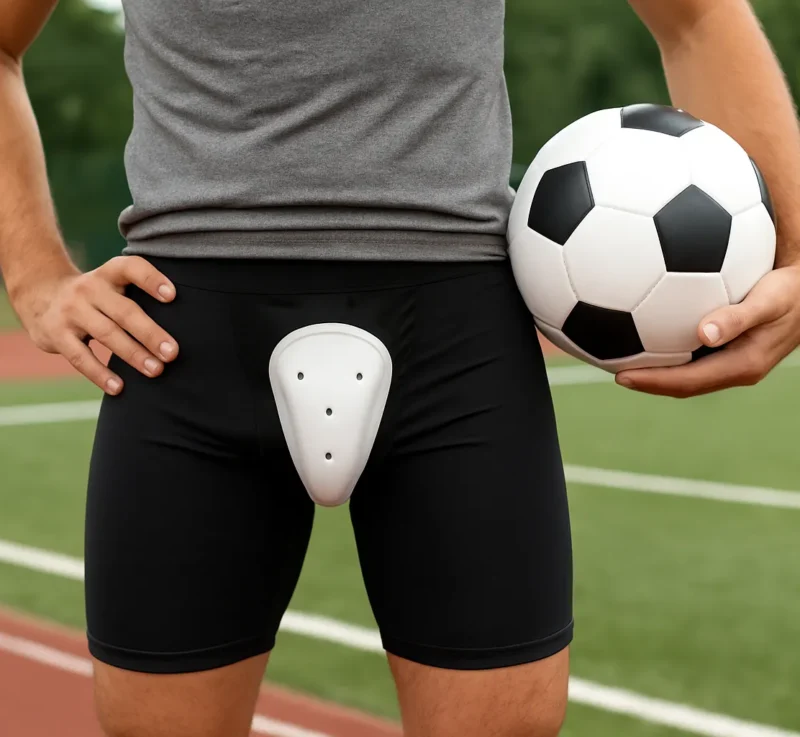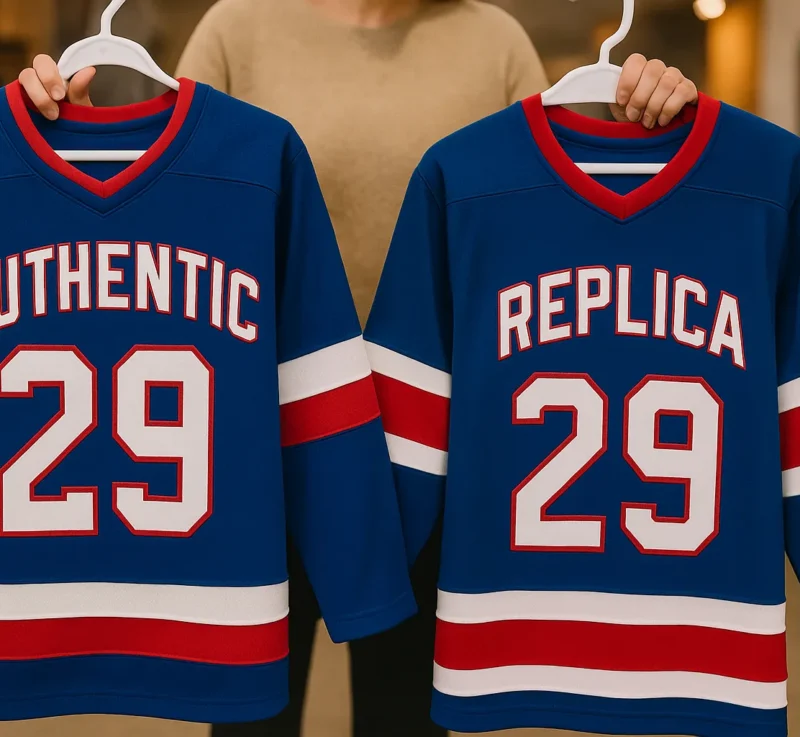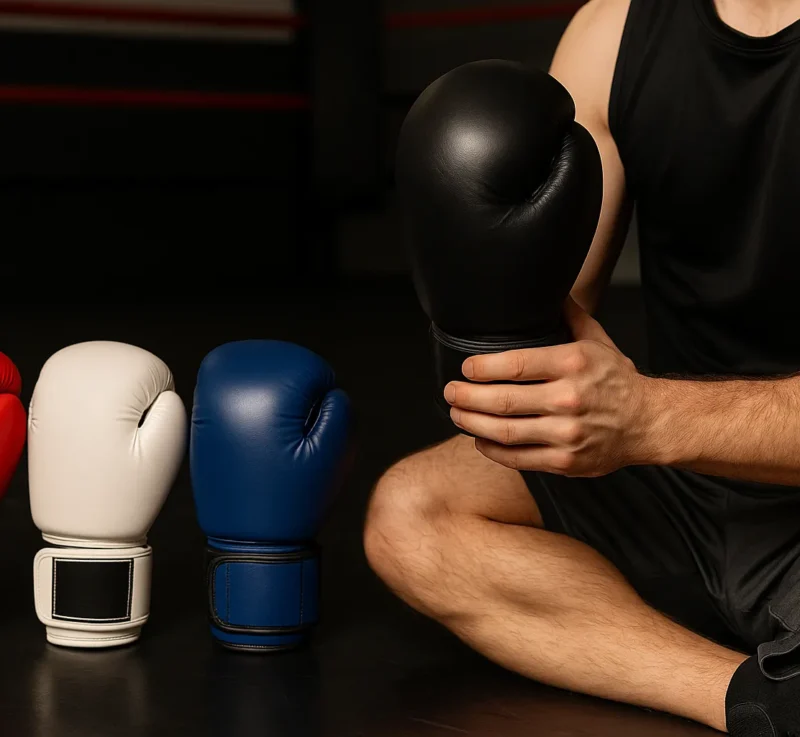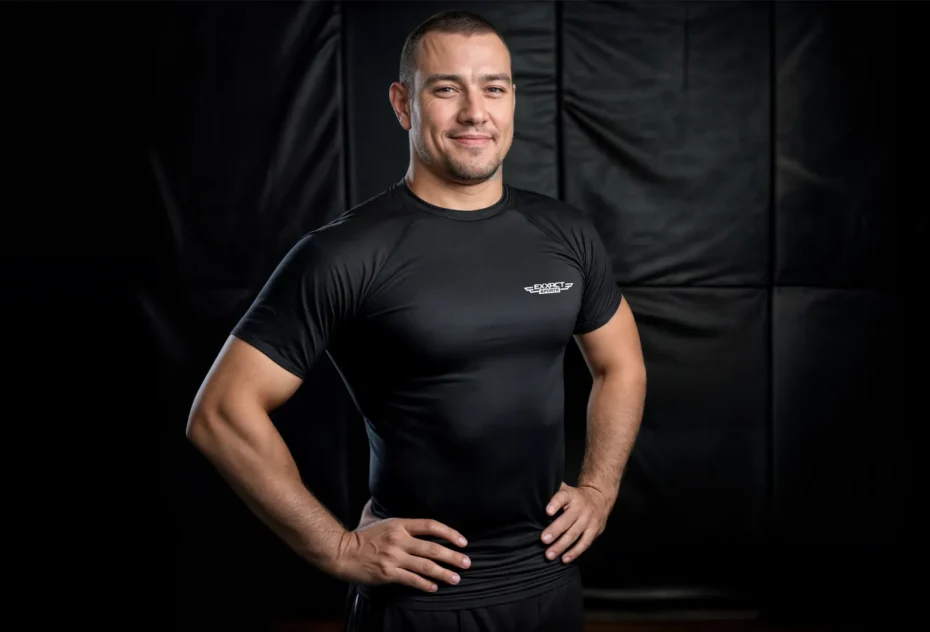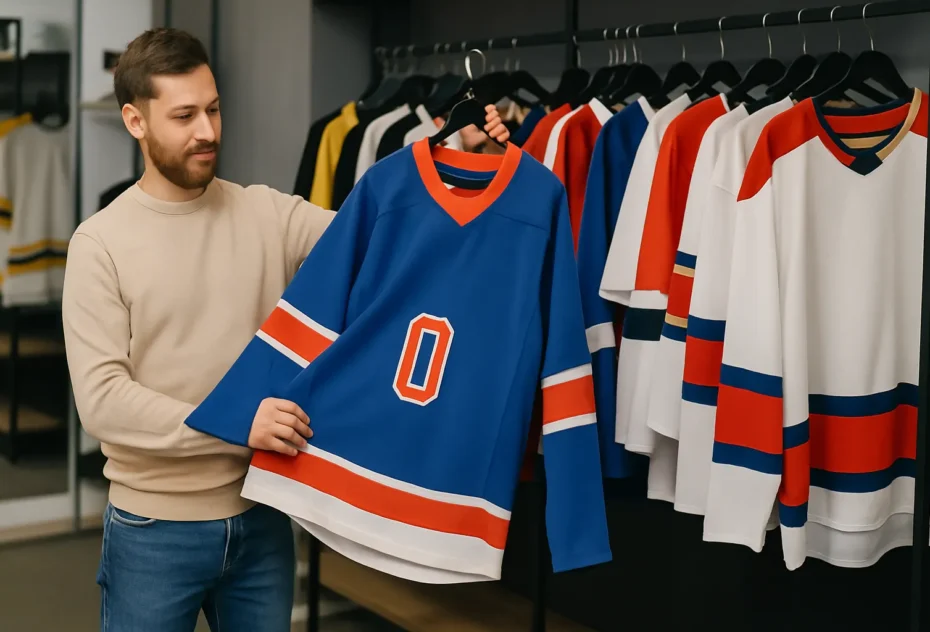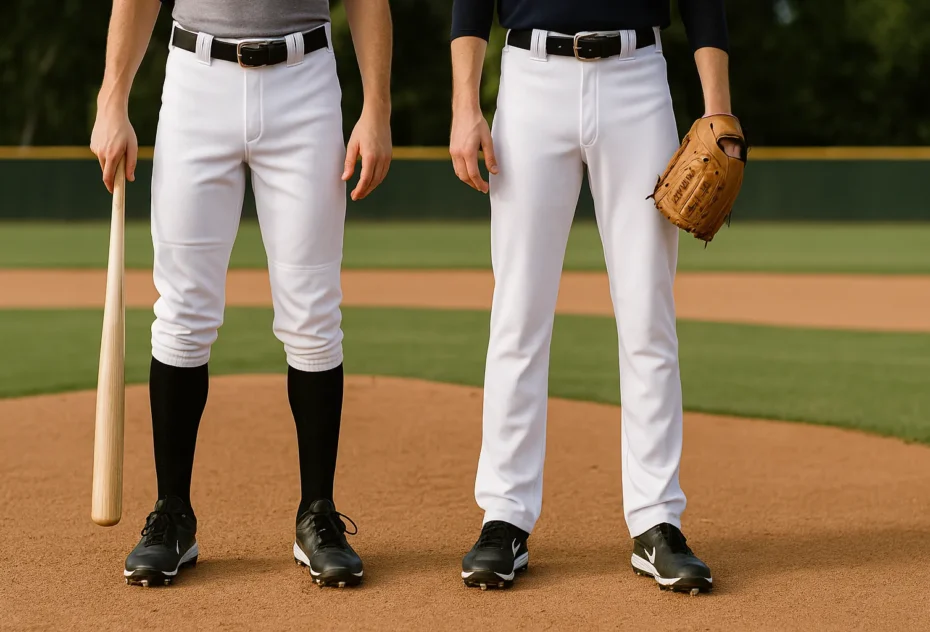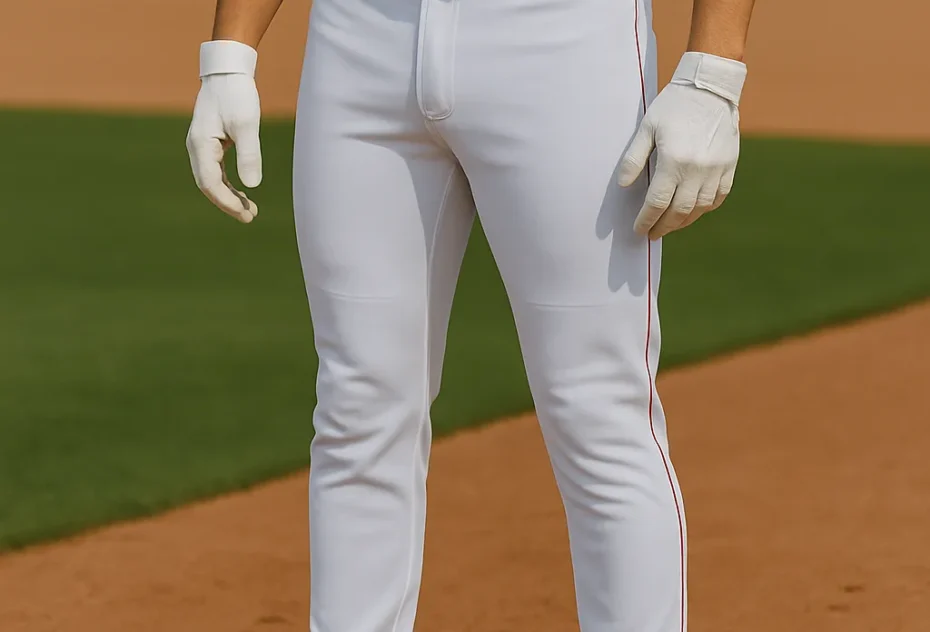In the high-impact world of football, safety meets strategy at every level. Whether you’re gearing up for Friday night lights or college game day, one critical question often arises:
Do you still need pads if you’re wearing a girdle?
This isn’t just a casual locker room debate. It’s a decision that directly impacts your protection, mobility, and performance on the field. Today, we break it all down to help you understand what a girdle does, how it works with pads, and whether it’s enough by itself.
What Is a Football Girdle?
A football girdle is a tight-fitting, compression-style garment worn underneath football pants. But it’s more than just an underlayer. It’s specifically designed to hold protective padding in key areas, such as:
- Hips
- Thighs
- Tailbone
Modern girdles use built-in padding or slot systems that allow removable pads. This makes girdles a versatile piece of gear that bridges the gap between base layer and body armor.
The Purpose of Padding in Football
Before answering whether a girdle replaces traditional pads, it’s important to understand what football padding is supposed to do.
Pads in football are strategically placed to:
- Absorb and distribute impact
- Prevent injuries to joints and bones
- Enhance confidence in physical play
You’ll find padding systems in:
- Shoulder pads
- Knee pads
- Thigh pads
- Hip pads
- Tailbone protection
All of these areas are vulnerable during tackles, blocks, and falls. That’s why padding is not optional—it’s essential.
So, Do You Need Pads If You Wear a Girdle?
The Short Answer:
Yes, you still need pads – but your girdle might already include them.
Girdles come in two main types:
- Girdles with Built-in Pads
- Girdles with Pad Pockets (Insertable Pads)
If your girdle includes high-quality built-in pads that cover the hips, thighs, and tailbone, you may not need to add separate pads in those areas. But you still need:
- Knee pads (typically placed directly in football pants)
- Shoulder pads
If your girdle has pad pockets but no pads inside, you’ll definitely need to insert appropriate padding before hitting the field.
Advantages of Wearing a Girdle with Built-in Pads
- Streamlined Fit: Girdles eliminate the bulkiness of traditional pad setups, offering a tight, athletic feel.
- Reduced Movement: Pads stay in place during play, reducing shifting and readjusting.
- Better Mobility: Compression material flexes with your body, enhancing your speed and agility.
- Moisture Management: Most girdles are made with sweat-wicking fabric to keep you dry and focused.
- Time Saver: No need to align and strap on individual pads every practice or game.
The Downside of Relying Only on a Girdle
Girdles aren’t a one-size-fits-all solution. Some downsides include:
- Limited Coverage: Girdles only protect the lower body. You’ll still need shoulder, chest, and knee protection.
- Varying Pad Quality: Not all girdles use high-density foam or advanced impact absorption.
- Position-Specific Needs: Linemen need bulkier padding than wide receivers. Some girdles may fall short for high-contact roles.
Position-Based Pad Needs
Not all positions have the same contact levels, so your padding setup should reflect your role.
Linemen:
- Need thicker hip, thigh, and tailbone padding
- Benefit from traditional pads or reinforced girdles
Linebackers & Fullbacks:
- Combine speed and physical play
- Girdles with dense foam padding and external pants padding recommended
Wide Receivers & Cornerbacks:
- Favor lightweight, high-mobility gear
- Can use girdles with minimal built-in padding
Quarterbacks:
- Need comfort and flexibility
- Use girdles with light, ergonomic padding
Youth vs. Adult Players: Padding Considerations
Youth Players:
- Usually wear pants with built-in pads
- Use girdles for extra protection and snug fit
- Safety takes priority over speed
Adult/High School Players:
- Choose girdle type and padding level
- Must comply with league rules
- Can layer for enhanced protection
Combining Girdles with Other Pads
Girdles work best as part of a system. Here’s how to combine them effectively:
| Body Area | Protection Type | Gear Needed |
| Hips, Thighs, Tailbone | Built-in or Insertable Pads | Girdle |
| Knees | Separate Knee Pads | Integrated in Pants or External |
| Shoulders, Chest | Hard-shell Pads | Shoulder Pads |
You get the best performance when each gear piece complements the other. Don’t expect your girdle to carry the whole load.
How to Choose the Right Girdle
When buying a girdle, consider these factors:
1. Fit and Compression
- Should hug your body without cutting off circulation
- Must keep pads secure through explosive movements
2. Pad Configuration
- 5-Pad Girdles: Protect hips, thighs, tailbone
- 7-Pad Girdles: Add knee protection (less common)
3. Material
- Look for moisture-wicking, breathable fabrics like spandex and polyester blends
- Mesh panels increase airflow
4. Ease of Washing
- Removable pads = easier laundry day
- Machine washable girdles save time and hassle
5. Brand Reputation
- Trusted brands include Nike, Under Armour, Schutt, and Exxact Sports
- Read reviews to ensure pad durability and comfort
Game Day Checklist: Do You Have Enough Padding?
Before you head onto the field, make sure you have all required gear:
Don’t rely solely on a girdle. Use it as a core part of your overall protection system.
Conclusion
So, do you need pads if you have a girdle? Absolutely—but it depends on what kind of girdle you’re wearing. A girdle with high-quality built-in pads can replace separate hip, thigh, and tailbone pads. But it doesn’t eliminate the need for full-body protection.
Use your girdle as the foundation of your gear setup. Combine it with essential pads and you’ll stay protected, comfortable, and focused every time you hit the gridiron.
FAQs
Q1: Can I wear a girdle without any other pads?
A: No. A girdle only protects specific areas. You still need shoulder and knee protection to meet safety standards.
Q2: Are girdles mandatory in football?
A: They aren’t always mandatory, but most players wear them for added support and protection.
Q3: What’s the difference between a 5-pad and 7-pad girdle?
A: A 5-pad girdle covers hips, thighs, and tailbone. A 7-pad girdle includes knee protection as well.
Q4: Can I wash my girdle with pads in it?
A: Only if the manufacturer says it’s safe. Otherwise, remove pads before washing.
Q5: Is a girdle better than traditional pads?
A: Not necessarily. It depends on your position and preference. Girdles offer comfort and mobility; traditional pads offer robust protection.
Q6: Should youth players use girdles?
A: Yes. Girdles help keep pads in place and make gearing up easier for younger athletes.


